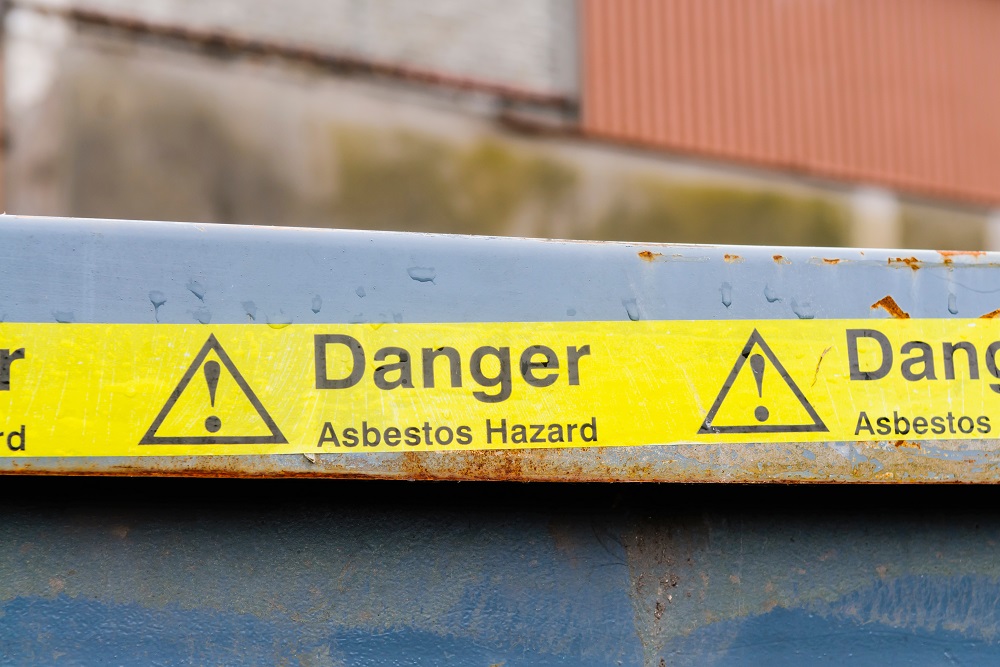Asbestos compliance is heavily regulated by both the EPA and the Occupational Health and Safety Administration (OSHA). An April 14, 2021, EPA settlement with the Idaho Transportation Department (IDT) serves as a stark reminder of the importance of complying with these regulations.
In a press release, the EPA announced its settlement with IDT that included a $61,250 penalty for federal asbestos violations at an IDT facility in Rigby, Idaho. IDT previously settled with the EPA on similar violations for $55,800 in 2014 at the same facility and $51,986 in 2015 in Priest River, Idaho.
“According to related case documents, two untrained ITD workers improperly removed asbestos-containing materials from a break room, contaminating the space in the process,” according to the Agency press release. “Violations took place in one of a group of maintenance buildings used for highway maintenance.
“Ed Kowalski, Director of EPA’s Regional Enforcement and Compliance Assistance Division, noted the importance of following proper removal and handling techniques when working with materials containing asbestos.
“Before undertaking renovations or demolition in any commercial or residential setting, it’s important to understand what materials might be involved,” said EPA’s Kowalski. “Asbestos floor tile is in wide-spread use and can be safely removed if proper procedures are followed. Training is essential to ensure asbestos fibers are not released during the removal and disposal process.”
Asbestos Training for Successful Operations and Maintenance (O&M) Programs
OSHA requires training for workers exposed or potentially exposed to asbestos hazards. In addition, there is EPA guidance available to “assist building owners and managers in understanding how to develop and maintain an [O&M] program for the management of asbestos-containing materials in their buildings,” according to the EPA.
School buildings have unique regulations that differ from general industry, maritime, and construction regulations.
The EPA describes an O&M program as “a formulated plan of training, cleaning, work practices, and surveillance to maintain asbestos-containing materials (ACM) in good condition within buildings. The goal is to minimize exposure of all building occupants to asbestos fibers. This information is primarily for owners, managers, workers and other key building staff of office buildings, shopping centers, apartment buildings, hospitals, and similar facilities that may contain asbestos materials that can be managed in place and do not require control and abatement procedures that are outside the scope of an operations and maintenance program.”
The EPA lists seven elements of a successful O&M program:
- Training
- Occupant notification
- Monitoring ACM
- Jobsite controls for work involving ACM
- Safe work practices
- Recordkeeping
- Worker protection
Training Required by Law
OSHA requires “worker training program for employees exposed to fiber levels (either measured or anticipated) at or above the permissible exposure limit (0.1 fibers per cubic centimeter (f/cc) as an 8-hour, time-weighted average (TWA) and/or the excursion limit (1.0 f/cc as a 30-minute TWA),” according to the EPA.
Types of training and the length of training are determined by the type of work each employee performs.
The EPA details three types of training:
1. Awareness training. This includes topics such as:
- Background information on asbestos
- Health effects of asbestos
- Worker protection programs
- Locations of ACM in the building
- Recognition of ACM damage and deterioration
- The O&M program for that building
2. Special O&M training. This includes topics such as:
- Federal, state, and local asbestos regulations;
- Proper asbestos-related work practices;
- Descriptions of the proper methods of handling ACM, including waste handling and disposal;
- Respirator use, care, and fit testing;
- Protective clothing donning, use, and handling;
- Hands-on exercises for techniques such as glove bag work and high-efficiency particulate absorbing (HEPA) vacuum use and maintenance; and
- Appropriate and proper worker decontamination procedures.
3. Abatement worker training. This includes topics such as:
- Pre-asbestos abatement work activities;
- Work area preparation;
- Establishing decontamination units;
- Personal protection, including respirator selection, use, fit testing, and protective clothing;
- Worker decontamination procedures;
- Safety considerations in the abatement work area;
- A series of practical hands-on exercises; and
- Proper handling and disposal of ACM wastes.
The “EPA noted that ITD management promptly notified the agency of the alleged violations and had the space promptly cleaned by a qualified contractor who kept EPA informed of their progress. The contractor later provided testing results to show the area was safe to reenter and that all waste was properly handled and disposed of. ITD has advised EPA that it is now training all employees to help them better understand the dangers of asbestos, the federal regulations designed to keep people safe, and how they can help ITD avoid costly penalties in the future.”

